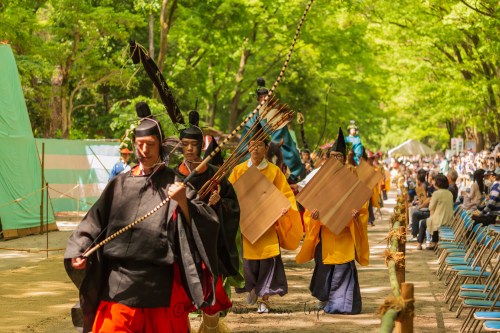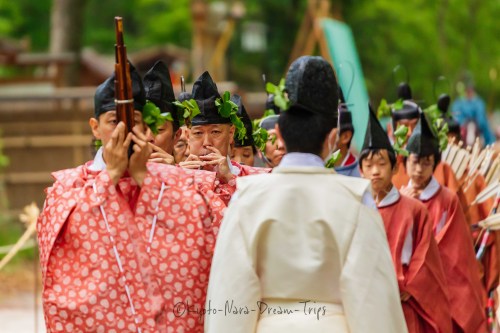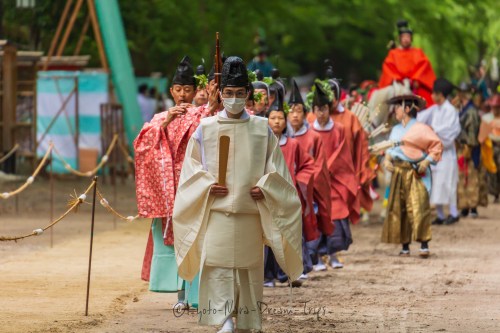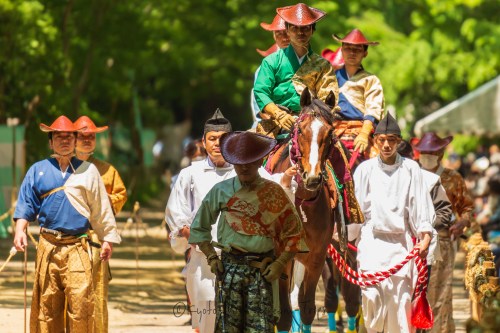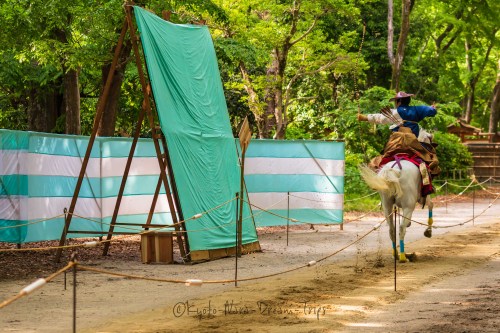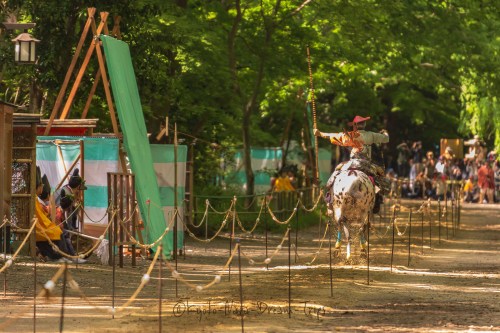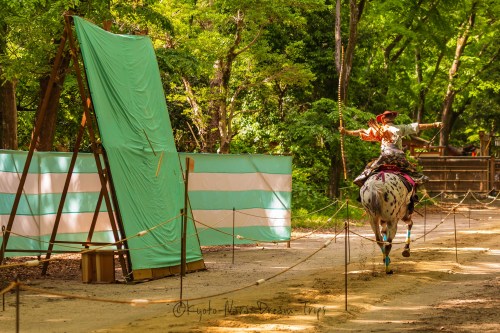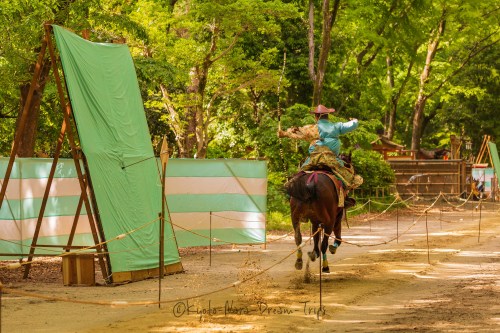#golden week
May 5th is Childrens Day in Japan. I also marks the ending of Golden Week. It is a day for parents and family to regoice in the personalities, health and well-being of their children.
It is also customary for families with boys to hand up ‘koinobori’ or carp streamers which represents strength, power and success in their lives.

('Koinobori’ flags hung for Childrens Day festivities)

('Kodomo’ particapating in 'Kodomo no Hi’ celebrations)
Various pictures of the participants of the annual “Yabusame Matsuri” at Shimogamo jinja in Kyoto City, Japan.
Post link
Various pictures of the participants of the annual “Yabusame Matsuri” at Shimogamo jinja in Kyoto City, Japan.
Post link
Various pictures of the participants of the annual “Yabusame Matsuri” at Shimogamo jinja in Kyoto City, Japan.
Post link
Various pictures of the participants of the annual “Yabusame Matsuri” at Shimogamo jinja in Kyoto City, Japan.
Post link
Various pictures of the participants of the annual “Yabusame Matsuri” at Shimogamo jinja in Kyoto City, Japan.
Post link
Various pictures of the participants of the annual “Yabusame Matsuri” at Shimogamo jinja in Kyoto City, Japan.
Post link
Various pictures of the participants of the annual “Yabusame Matsuri” at Shimogamo jinja in Kyoto City, Japan.
Post link
Various pictures of the participants of the annual “Yabusame Matsuri” at Shimogamo jinja in Kyoto City, Japan.
Post link
Various pictures of the participants of the annual “Yabusame Matsuri” at Shimogamo jinja in Kyoto City, Japan.
Post link
The riders are fully dressed as samurai warriors during the Yabusame Shinji. They wear a costume comprising of a cloak (sokutai), a bracer or arm guard (mukabaki), gloves, fur chaps (mukabaki), shooting shoes (kanokutsu); he carries a long sword (tachi) and short sword (koshigatana), a quiver of arrows (ebira) on his back, and has a bound wisteria bow (shigedō).
Post link
The riders are fully dressed as samurai warriors during the Yabusame Shinji. They wear a costume comprising of a cloak (sokutai), a bracer or arm guard (mukabaki), gloves, fur chaps (mukabaki), shooting shoes (kanokutsu); he carries a long sword (tachi) and short sword (koshigatana), a quiver of arrows (ebira) on his back, and has a bound wisteria bow (shigedō).
Post link
The riders are fully dressed as samurai warriors during the Yabusame Shinji. They wear a costume comprising of a cloak (sokutai), a bracer or arm guard (mukabaki), gloves, fur chaps (mukabaki), shooting shoes (kanokutsu); he carries a long sword (tachi) and short sword (koshigatana), a quiver of arrows (ebira) on his back, and has a bound wisteria bow (shigedō).
Post link
The riders are fully dressed as samurai warriors during the Yabusame Shinji. They wear a costume comprising of a cloak (sokutai), a bracer or arm guard (mukabaki), gloves, fur chaps (mukabaki), shooting shoes (kanokutsu); he carries a long sword (tachi) and short sword (koshigatana), a quiver of arrows (ebira) on his back, and has a bound wisteria bow (shigedō).
Post link
The riders are fully dressed as samurai warriors during the Yabusame Shinji. They wear a costume comprising of a cloak (sokutai), a bracer or arm guard (mukabaki), gloves, fur chaps (mukabaki), shooting shoes (kanokutsu); he carries a long sword (tachi) and short sword (koshigatana), a quiver of arrows (ebira) on his back, and has a bound wisteria bow (shigedō).
Post link
The riders are fully dressed as samurai warriors during the Yabusame Shinji. They wear a costume comprising of a cloak (sokutai), a bracer or arm guard (mukabaki), gloves, fur chaps (mukabaki), shooting shoes (kanokutsu); he carries a long sword (tachi) and short sword (koshigatana), a quiver of arrows (ebira) on his back, and has a bound wisteria bow (shigedō).
Post link
The riders are fully dressed as samurai warriors during the Yabusame Shinji. They wear a costume comprising of a cloak (sokutai), a bracer or arm guard (mukabaki), gloves, fur chaps (mukabaki), shooting shoes (kanokutsu); he carries a long sword (tachi) and short sword (koshigatana), a quiver of arrows (ebira) on his back, and has a bound wisteria bow (shigedō).
Post link
The riders are fully dressed as samurai warriors during the Yabusame Shinji. They wear a costume comprising of a cloak (sokutai), a bracer or arm guard (mukabaki), gloves, fur chaps (mukabaki), shooting shoes (kanokutsu); he carries a long sword (tachi) and short sword (koshigatana), a quiver of arrows (ebira) on his back, and has a bound wisteria bow (shigedō).
Post link
The riders are fully dressed as samurai warriors during the Yabusame Shinji. They wear a costume comprising of a cloak (sokutai), a bracer or arm guard (mukabaki), gloves, fur chaps (mukabaki), shooting shoes (kanokutsu); he carries a long sword (tachi) and short sword (koshigatana), a quiver of arrows (ebira) on his back, and has a bound wisteria bow (shigedō).
Post link
The riders are fully dressed as samurai warriors during the Yabusame Shinji. They wear a costume comprising of a cloak (sokutai), a bracer or arm guard (mukabaki), gloves, fur chaps (mukabaki), shooting shoes (kanokutsu); he carries a long sword (tachi) and short sword (koshigatana), a quiver of arrows (ebira) on his back, and has a bound wisteria bow (shigedō).
Post link

